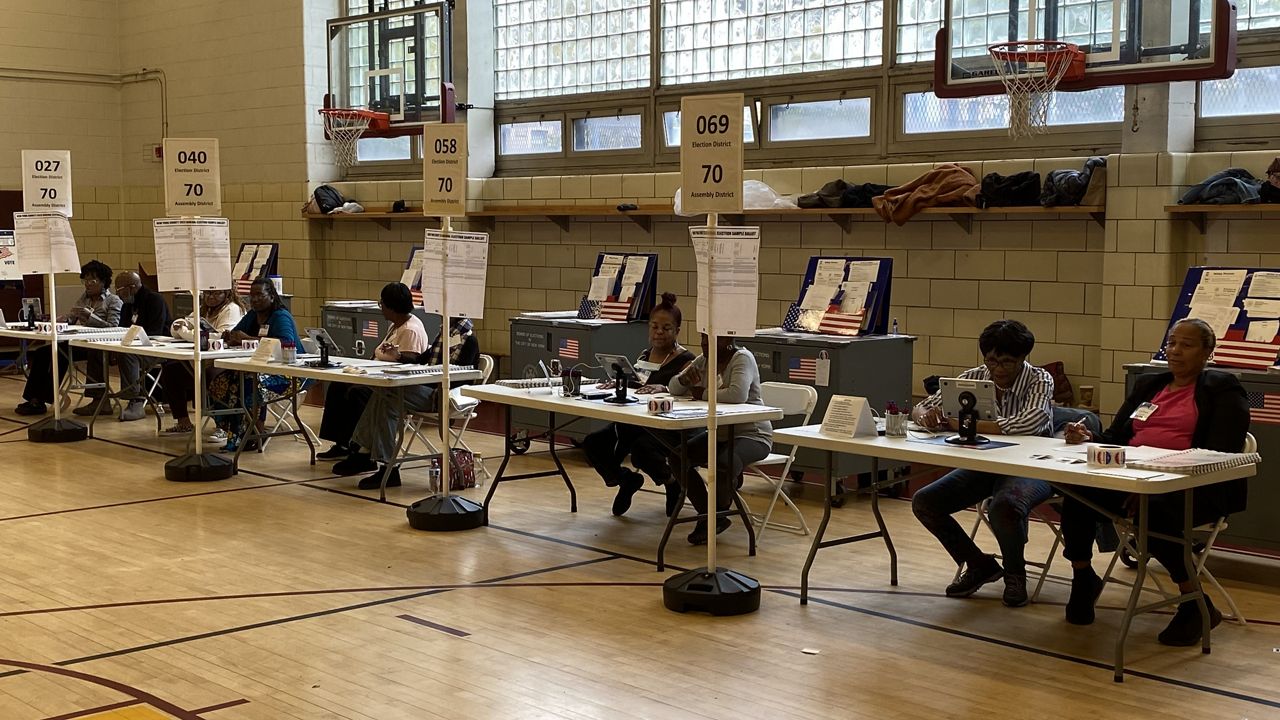Ranked-choice voting is back on New York City’s ballots.
The system of voting allows New Yorkers to rank candidates running for office in order of preference.
Here's a refresher on how ranked-choice voting works.
How do I vote this way?
Your ballot will include a list of candidates, each of whom will have five bubbles displayed next to their names. Fill out the bubble for your top preferred candidate in the first-choice column. Then, if you want to, you can fill in a bubble for your second, third, fourth and fifth choices in the second, third, fourth and fifth columns, respectively.
How many candidates can I rank?
You can rank one, two, three, four or five total candidates in order of preference on your ballot, but you cannot rank more than five. If you vote for only one candidate, just leave the other columns blank.
Can I rank one candidate multiple times?
If you do so, your vote will count only for your first choice. Ranking one candidate additional times is equivalent to leaving those additional choices blank.
You also cannot give multiple candidates the same ranking. (You cannot pick two candidates as your first choice, for example.) Doing so invalidates your ballot.
What about write-in candidates?
You can still write in a candidate by writing the name on the "Write-in" line and filling in a bubble to rank your choice.
How does someone win a race in a ranked-choice voting system?
When polls close, all first-choice votes are counted. If no one gets a majority of those first-choice ballots, the candidate with the fewest votes is eliminated. People who voted for an eliminated candidate will see their vote distributed to their next-highest ranked candidate in the next round of voting. (For example, if Candidate B was your first choice and Candidate D was your second choice, if Candidate B is eliminated in the first round of voting, your vote would count toward Candidate D in the next round of voting, since that was your second choice.) That process continues until someone gets more than 50% of the vote.
Ranked-choice voting ends the need for runoffs in primary elections — which occurred when one candidate did not receive at least 40% of the vote.
Which elections require ranked-choice voting?
Ranked-choice voting applies to only primaries and special elections for these offices:
Mayor
City Council
City Comptroller
Public Advocate
Borough President
Does this eliminate early and absentee voting?
No. You can still vote early or request an absentee ballot.
Helpful links
Voters can apply online for an absentee ballot at nycabsentee.com.
For more information on registering to vote, see the BOE's website.
To find out if you're registered to vote, click here or here.
Check the Board of Elections website to find your poll site.










 DNT election day 2023 preview CLEAN)